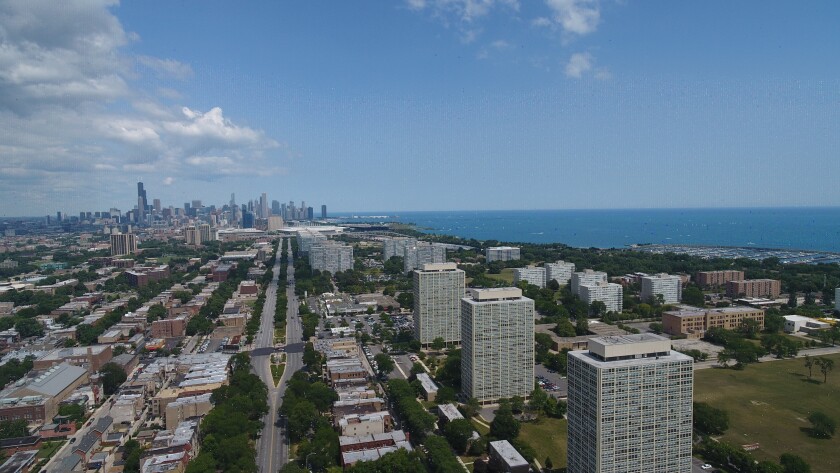Exempt employees are city workers who don't have to take a civil service exam. They account for more than 4,700 of the total city workforce, or about 18 percent, and include everything from entry-level jobs to department heads across nearly every department.
Nonexempt civil service employees include police officers, firefighters, sanitation workers, parks employees, and thousands of others.
Mayor Jim Kenney's administration conducted a workforce review of the exempt workers under the purview of the Mayor's Office. The review by the City Controller's Office — run by Rebecca Rhynhart until she announced her mayoral candidacy in October — includes every exempt employee, including those in the Mayor's Office.
Their findings show that city departments have made modest progress in hiring Black people and other people of color in exempt positions.
People who identify as Black, Hispanic, Asian, Indigenous, Native Hawaiian or Pacific Islander, and two or more races accounted for just over 47 percent of the exempt workforce in 2021. That's up slightly from around 46 percent the year before. These groups, in contrast, make up 67 percent of the overall city population.
The mayoral workforce study lists its own departments' exempt workforce as about 54 percent BIPOC.
Further up the salary ladder, the workforce gets whiter, the studies show. While white people make up about 45 percent of exempt mayoral employees, they account for around 54 percent of exempt employees who make at least $90,000.
African Americans are the only nonwhite group whose exempt employment rate falls below its 2016 rate. Latino representation in exempt positions is the farthest from city demographics. Latino staffers make up 8.4 percent of exempt employees compared with 15.9 percent of the Philadelphia population.
Diversity within the mayor's cabinet lagged far behind every other department. Four Black employees accounted for about 27 percent, nine white employees for about 60 percent and two Hispanic staffers made up 13 percent of the mayor's inner circle.
Hiring new staffers in the final years of a mayoral tenure presents challenges because a lot of exempt positions turn over with new administrations, said Mustafa Rashed of Bellevue Strategies, a government relations firm.
"People are looking for some kind of stability and you can't guarantee them any stability past January 2024," Rashed said. "[2023] will be even harder."
There's evidence that next year's review will show more diversity. In 2021, more than 63 percent of all new hires did not identify as white, up from about 54 percent in the previous year. BIPOC made up almost 59 percent of exempt hires making at least $90,000 in 2021, a significant jump from 47 percent in 2020.
These strides come amid pandemic-era attrition as city government and employers across industry struggle to retain talent.
According to the mayoral report, Black people are overrepresented among exempt staffers who left city employment in 2021, at 52 percent, compared with about 38 percent who are white.
Pandemic employment challenges likely uniquely affected BIPOC city staffers, said Rashed.
In the fall, city leaders announced they will spend $200,000 on a pay-scale study as departments lost workers and failed to replace them at an equivalent rate. According to the controller's report, 2021 saw 109 fewer exempt employees and 181 fewer new exempt hires compared with a year earlier.
"When you lose that many people, it always disproportionately impacts people of color," Rashed said.
(c)2023 The Philadelphia Inquirer. Distributed by Tribune Content Agency, LLC.
Related Articles










